
Climbing Kilimanjaro: Everything a Beginner Needs to Know
Kilimanjaro towers at 5,895 m/19,341 ft above sea level. It is the highest free-standing mountain in the world and the "Roof of Africa".
Mt Kilimanjaro is one of the most popular travel attractions on the continent. It's an incredibly beautiful trek where climbers don't require technical climbing skills. To reach the summit, one needs only a healthy average fitness level.
We created this guide to help travelers prepare for their once-in-a-lifetime Kilimanjaro adventure. Drawing on 11 years of experience and over 20,000 successful climbs, it covers everything you need to know: summit success rates, route comparisons, costs, training, acclimatization, insurance, arrival in Tanzania, safety, and more — all based on insights from a decade on the mountain.
Kilimanjaro Success Rate Calculator

How Hard Is It to Climb Mount Kilimanjaro?
Can a Beginner Climb Kilimanjaro?
Yes, Kilimanjaro is accessible to beginners with no trekking experience. The key factor isn’t hiking skills but proper acclimatization, which is best achieved on a 7–8-day route. To improve your chances of reaching the summit, choose a reliable outfitter and follow your guides’ safety instructions.
For insights on what to expect on your Kilimanjaro climb, read “What I wish I knew before climbing Kilimanjaro” by Georgia Fowkes, one of our past climbers.
If you're wondering how to physically prepare, check out our detailed Kilimanjaro training guide.
Kilimanjaro Day-by-Day: What to Expect on the Mountain

Kilimanjaro Itinerary
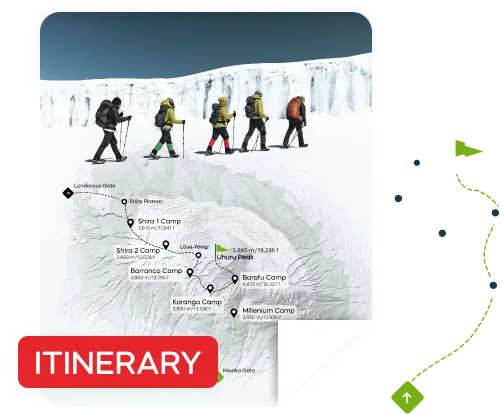
What You Need to Know Before You Climb Kilimanjaro
Best Time to Climb Mount Kilimanjaro
Late December to early March and mid-June to late October are the best times for a Kilimanjaro climb. This is when the Kilimanjaro weather is nearly ideal. Although other months have rain, it doesn't mean there are constant heavy showers. Typically, rains begin in the latter half of the day. This allows trekkers a significant window of clear weather every day during the rainy season. There are also days without any rain. You may read more about the seasons of Kilimanjaro.
How Much Does It Cost to Climb Mount Kilimanjaro?
As of 2025, a comfortable and safe 7-day group climb costs about $2900. A shorter 5-6-day adventure or a season-discounted trip comes at $2300-2500. This amount includes the park entrance fees, which make up about 35% of the total trip cost. Any trekking companies offering below this amount should warrant caution.
Low prices always correlate with the mistreatment of porters. The crews of budget operators are often underpaid and poorly fed, putting their and hikers' safety at risk. Read more about how much does it cost to climb Kilimanjaro in our detailed blog post.
How Should I Train to Climb Kilimanjaro?
A moderate fitness level is key to a comfortable and successful Kilimanjaro climb. This means you should be able to run 5 km (3 mi) without difficulty and hike 10 km (6+ mi) in a day. The best ways to train include swimming, cycling, running, and hiking.
See our Kilimanjaro training plan for a detailed guide.
Altitude Sickness and the Dangers of Climbing Kilimanjaro
The biggest risk on Kilimanjaro is acute mountain sickness caused by poor acclimatization. In severe cases, it can lead to cerebral or pulmonary edema, both life-threatening conditions that cause about ten deaths per year on the mountain.
Explore more facts about mortality on the mountain in our Mt. Kilimanjaro death statistics article.
Fortunately, AMS is easy to prevent. Choose a seven-day or longer itinerary, stay hydrated, and walk slowly to allow proper altitude adaptation. Guide expertise is crucial — choose an operator whose Kilimanjaro guides are certified Wilderness First Responders, trained to handle emergencies and evacuations. For more details, check our acclimatization on Kilimanjaro article.
Download our free expert-curated packing list to get fully prepared.
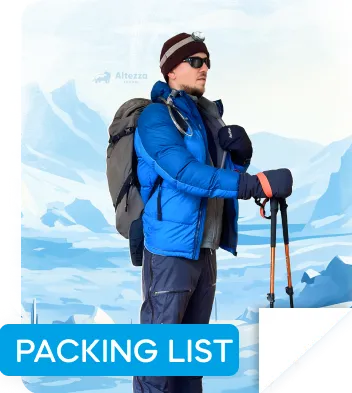
Expert Opinion
Do not underestimate Kilimanjaro: 5,895 meters (19,341 ft) is a serious height. Poor acclimatization can cause high-altitude sickness. Sadly, tragedies happen each year. The primary cause is choosing low-cost operators. They use substandard equipment, while their unqualified guides lack first aid and emergency management skills.

Best Kilimanjaro Routes for Climbers
Known as the 'Whiskey Route,' Machame is popular for its scenic variety, traversing diverse landscapes from rainforest to alpine desert. It offers 6- or 7-day itineraries, with the longer option providing far better acclimatization.
Pros: Highly scenic with varied landscapes; good acclimatization profile on longer itineraries.
Cons: Can be crowded during peak seasons; 6-day option offers less time for acclimatization.
Starting on the western slope, Lemosho is renowned for its panoramic views, and excellent acclimatization. It offers 6- to 8-day treks, merging with the Machame route near Lava Tower. The 6- and 7-day options begin with a high-elevation drop-off, which helps you jump-start the acclimatization.
Pros: Very high summit success rate due to gradual ascent; traverses the scenic Shira Plateau.
Cons: Can get busy during the high seasons; higher cost.Known as the 'Coca-Cola Route', Marangu is the only path with hut accommodations. It offers 5- or 6-day treks along a trail starting on the Eastern slope. The huts are dormitory-style.
Pros: Hut accommodations provide comfort; more affordable option.
Cons: Same trail used for ascent and descent; shorter duration can make acclimatization more difficult.
Approaching from the north, Rongai offers a drier and less crowded experience, with 6- or 7-day options. It’s a solid option for rainy-season climbs.
Pros: Less rainfall and fewer trekkers; diverse scenery including coniferous forests.
Cons: Longer drive to trailhead; 6-day option may not provide adequate acclimatization.
The steepest and most direct route, Umbwe is suitable for experienced trekkers seeking a challenge, available in 6- or 7-day itineraries. It merges with the Machame route two days into the hike.
Pros: Least crowded route; offers a challenging and rewarding climb.
Cons: Steep initial ascent; the 6-day option is not recommended for beginners.
The longest and newest route, the Northern Circuit offers a 8-day trek circling the mountain, providing exceptional acclimatization and solitude.
Pros: High summit success rate due to gradual ascent; panoramic views with minimal crowds.
Cons: Longest duration increases cost and time commitment; requires good endurance.

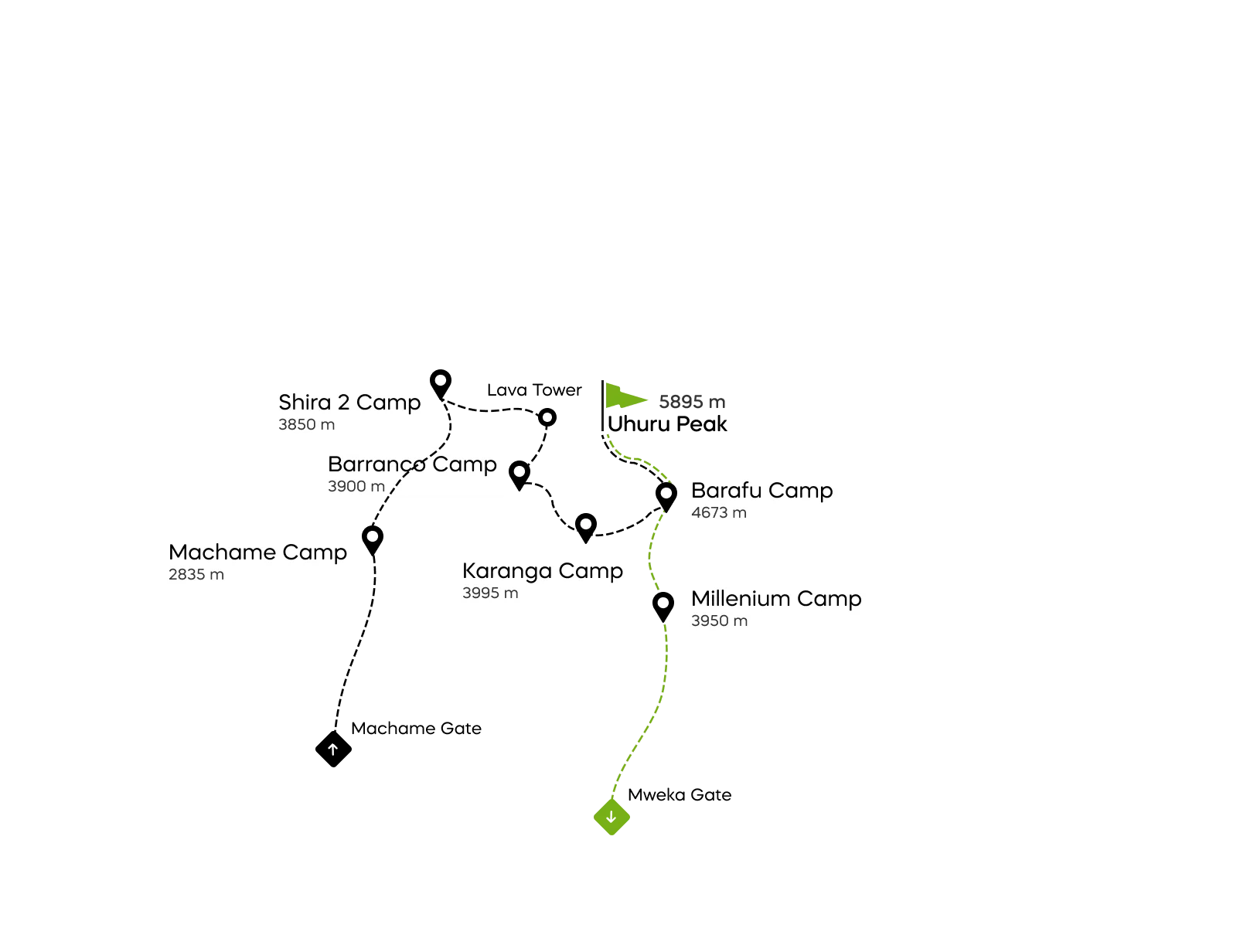

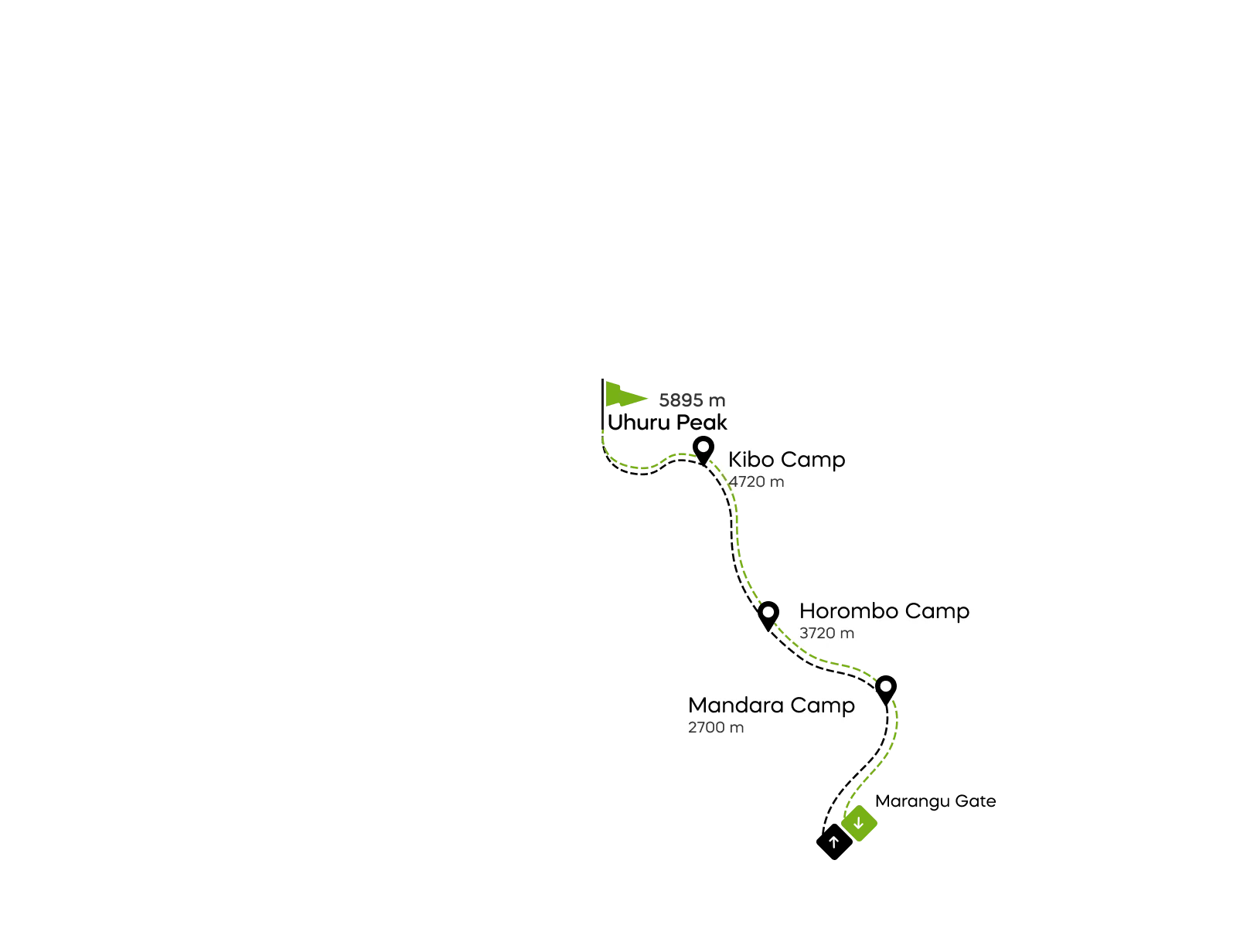
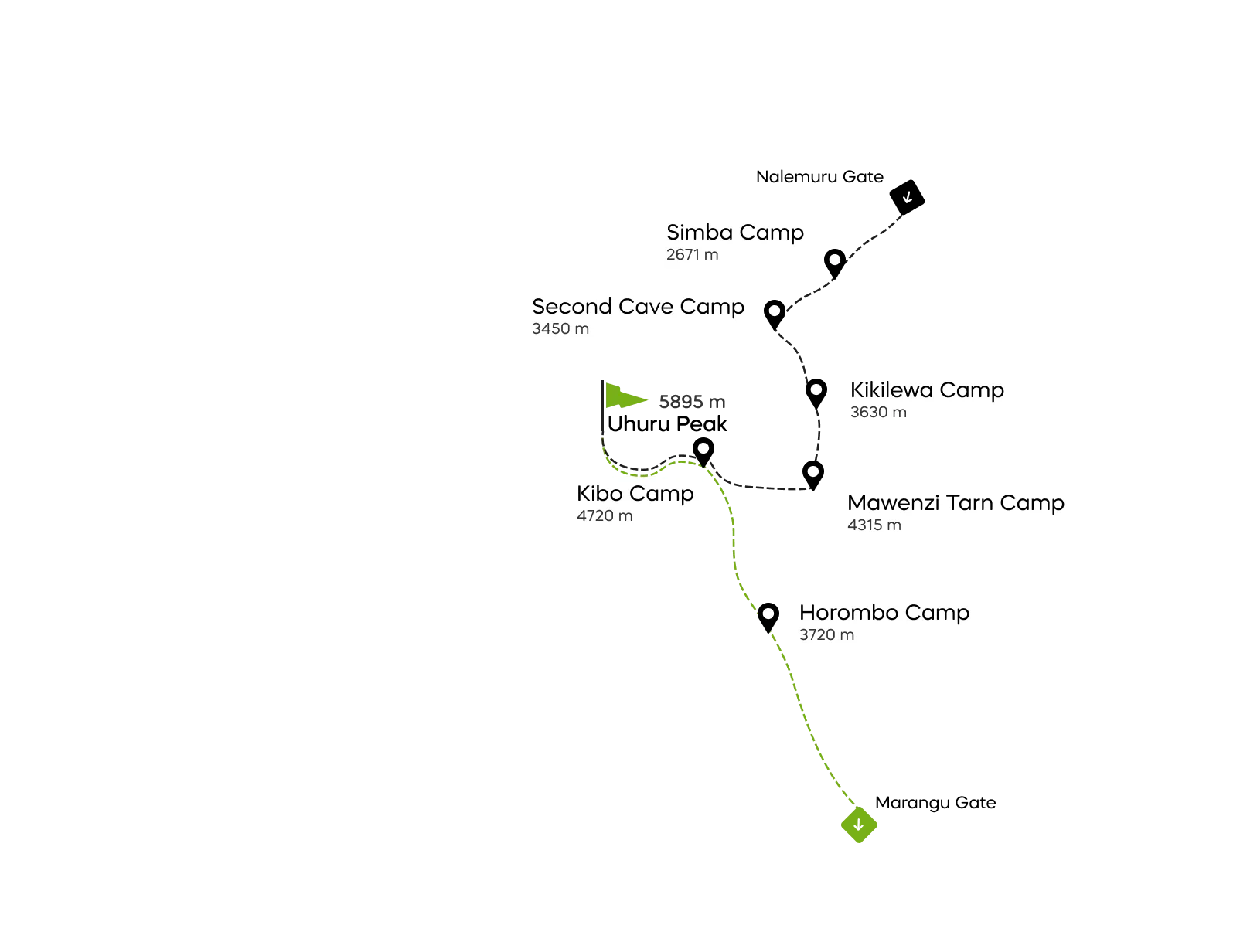
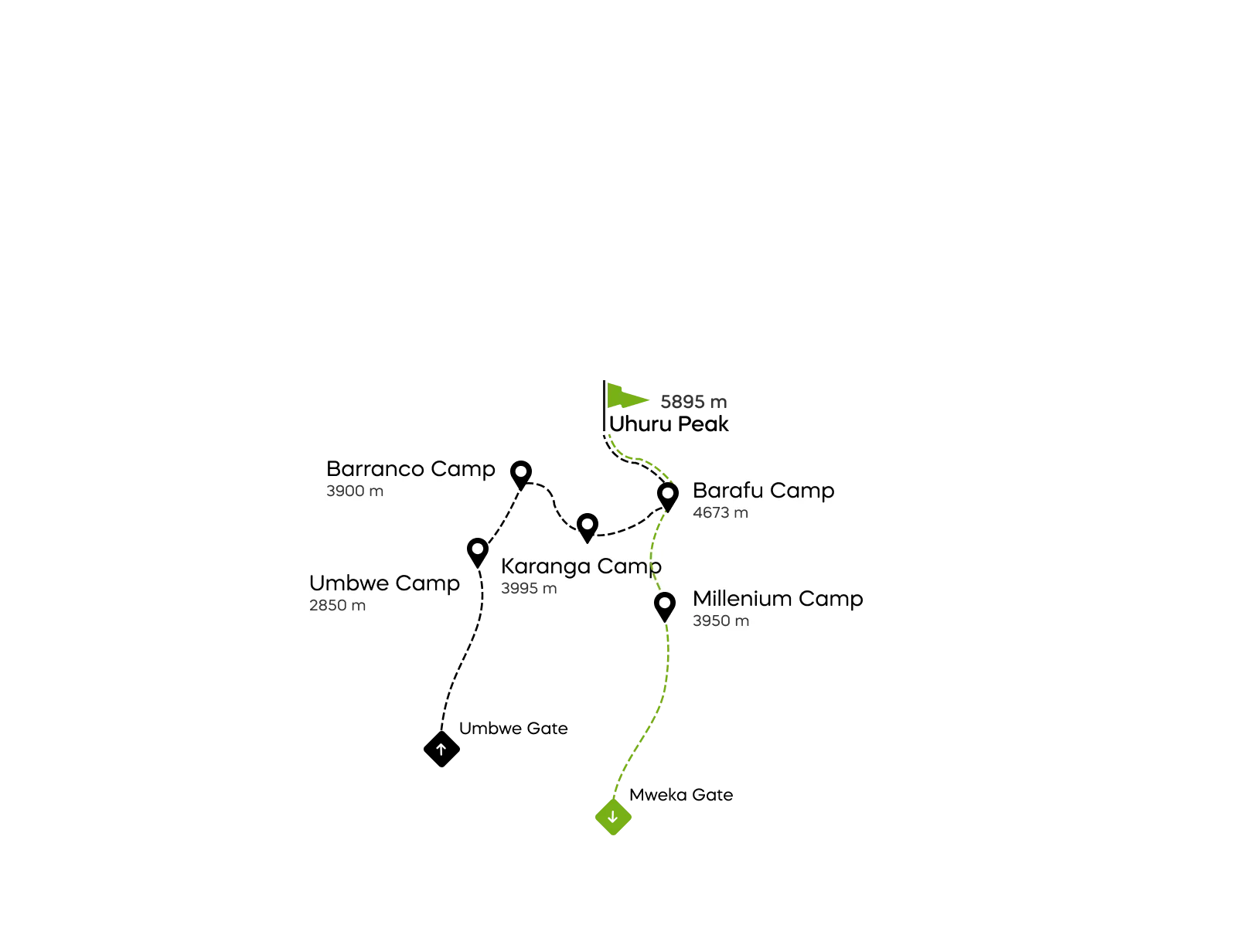
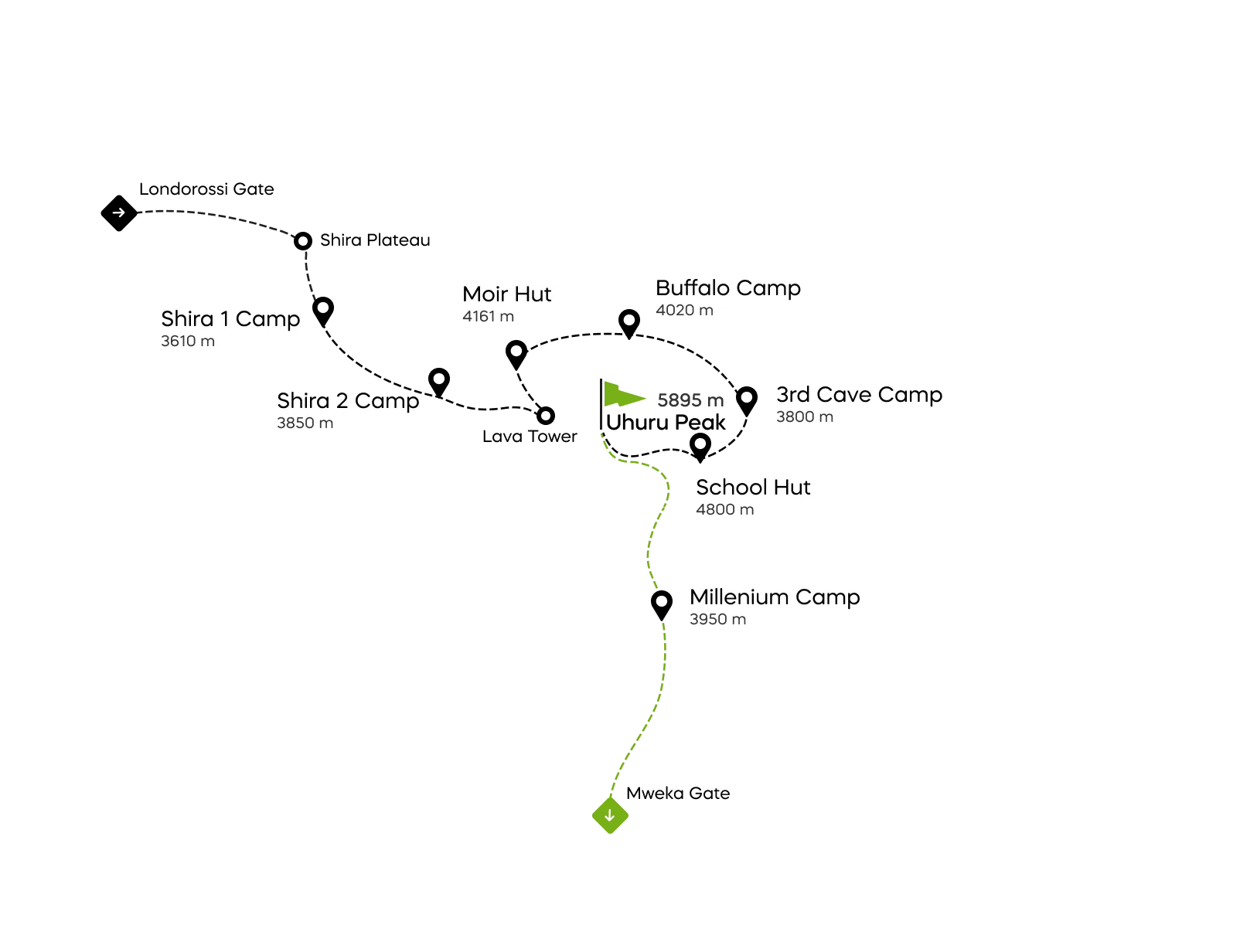
Kilimanjaro Group Climbs: 2025–2027 Departures
How to Book Your Mount Kilimanjaro Climb with Altezza Travel
Booking your Kilimanjaro climb with us is simple — reserve your spot with just a $100 deposit. After that, you’ll receive access to your personal trip account, where you can easily fill in your medical information, allergies, food preferences, and gear details. Your consultant will stay in touch with you at every stage, ready to assist with any questions and help you prepare thoroughly for a safe and successful summit.

Climb Kilimanjaro FAQs
Can You Recommend a Reliable Travel Insurance to Climb Kilimanjaro?
Altezza Travel recommends Global Rescue, known for reliable reimbursements. Your coverage should include three important things. These are high-altitude hiking up to 6000 meters, helicopter evacuation, and medical services.
How Do I Get to Mount Kilimanjaro?
The easiest way to reach Mt Kilimanjaro is by flying into Kilimanjaro International Airport (JRO) in Tanzania. From there, it's a 50-minute drive to Moshi where most climbs begin. Major airlines such as Turkish Airlines, Qatar Airways, KLM, Ethiopian Airlines, and Air France offer flights to JRO.
Alternatively, you can fly into Dar es Salaam and take a local flight to Kilimanjaro, though this may come with extra costs for domestic flights and baggage fees. Another budget-friendly option is to fly into Nairobi, Kenya, and take a bus to Moshi, but keep in mind the additional costs of a Kenyan transit visa ($21) and the bus transfer ($45), with a total journey time of about seven hours.
Best Time to Climb Kilimanjaro: Rainy vs. Dry Seasons
Tanzania has two rainy seasons and two dry seasons. The short rainy season begins in early November and lasts until late December. It is followed by the dry season, which lasts until mid-March. Then the season of long rains begins, ending in mid-June.
You should consider the northern slopes to climb Kilimanjaro during the rainy season. According to the data we received from the Tanzania Meteorological Authority, this part of the mountain receives five times less rainfall. Good Kilimanjaro routes to choose from are Rongai, Northern Circuit, and Marangu.
How Long Does It Take to Summit Kilimanjaro?
Climbing Kilimanjaro takes at least 5 days, but most expeditions last between 6 and 8 days, as a longer itinerary significantly improves acclimatization and increases the chances of reaching the summit. Extended routes, including options with an overnight stay in the crater, can last 10 days or more. Choosing a route with a well-designed acclimatization program helps achieve a 98.5% Kilimanjaro summit success rate.
Why You Can Trust Us With Your Climb
What Climbers Say About Their Experience
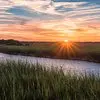

















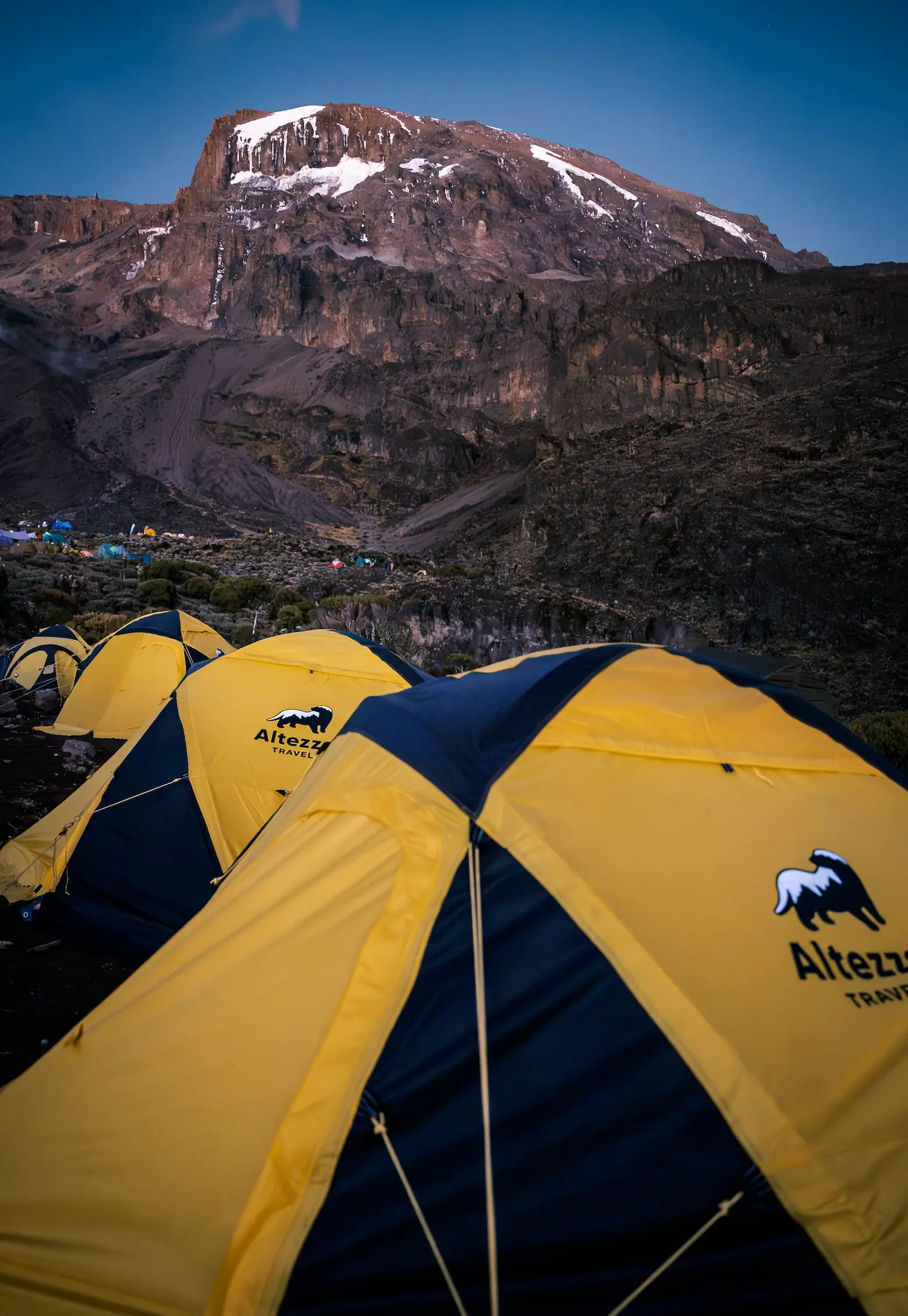




















To keep ingredients fresh, we carry supplies only for the first three days. Then, in the middle of the trek, a special delivery team brings new provisions directly to our camp on the mountain. We also use cooler boxes to store food safely.
Moreover, temperatures on Kilimanjaro often drop close to freezing, which helps preserve the food even longer. With these methods combined, our cooks always have fresh ingredients for every meal.
Firstly, our safety protocols outline several measures that our guides implement to prevent cases of acute altitude sickness, ensuring that emergency evacuation is a last resort. Our guides are equipped with comprehensive medical kits and conduct twice-daily medical checks to monitor your oxygen levels and heart rate. If any symptoms of high-altitude sickness appear, the guide will suggest that you rest and inhale bottled oxygen, which is provided in abundance on the expedition. It's crucial to communicate any discomfort as soon as possible. If oxygen levels drop to a critical point and bottled oxygen does not improve the situation, evacuation may be necessary. The crew will choose the appropriate evacuation method based on weather conditions and the severity of the symptoms. In high-risk health situations, helicopter evacuation can be arranged, weather permitting. Alternatively, evacuation can be conducted using stretchers, rescue vehicles, or assisted walking. Descending to a lower altitude typically alleviates symptoms of altitude sickness.